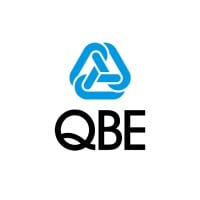
中国人民保险 PICC
Founded in October 1949, The People’s Insurance Company (Group) of China is the first nation-wide insurance company in the People’s Republic of China and has developed into a leading large-scale integrated insurance financial group in the PRC, ranking 208th on the Global 500 (2014) published by the Fortune magazine. The Company is an investment holding company. The Company operates its property and casualty insurance business through PICC Property and Casualty Company.The Company operates its life and health insurance businesses through PICC Life Insurance Company and PICC Health Insurance Company , The Company centrally and professionally manages most of its insurance assets through PICC Asset Management Company and PICC Investment Holding which is a professional investment company specializing in real estate investments. The Company also carries out non-transactional businesses such as equity and debt investments in insurance and non-insurance capital within and outside the Group through PICC Capital Investment Management Company.The Company has also made strategic investments in non-insurance financial businesses such as banking and trust.






